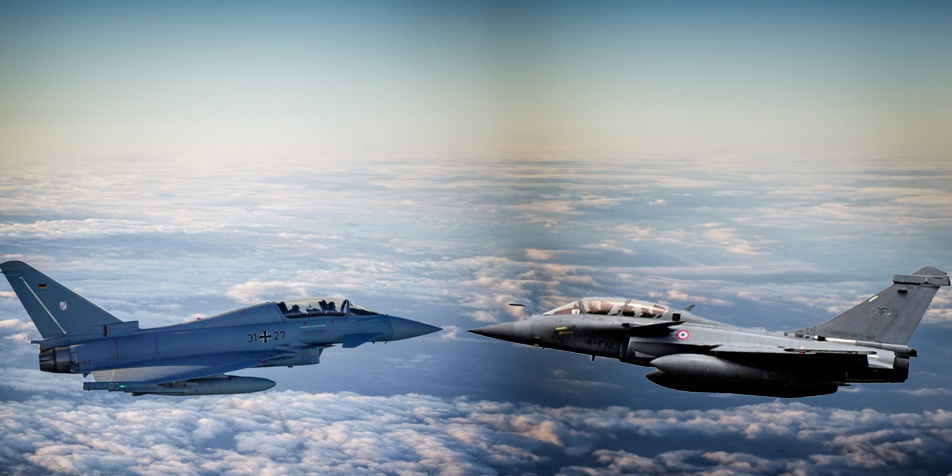After the US expelled Turkey from the F-35 fighter jet program over the latter’s agreement with Russia over the supply of the highly capable S-400 anti-missile systems, it sought ways to counter Greece’s acquisition of the French Dassault Rafale fighter jets, leading to Erdogan exploring the procurement of the EU Eurofighters, a combat aircraft similar on paper to the French.
Turkey remains hopeful about acquiring the 4.5-generation Eurofighter jets, as there is a strong possibility that Germany may eventually lift its objections, approving the sale even without restrictions on their use against Greece in the Aegean. Despite this, some pundits believe that Greek pilots feel little pressure from such an eventuality.
Both the Rafale and Eurofighter originated from Europe’s pursuit of a new-generation fighter in the early 1980s. The common European goal, however, diverged when France chose its own path midway through the decade, leading to substantial differences.
The French fighter, Rafale, was combat-ready and certified in the same year that Greece hosted the Olympic Games in 2004. Although the Eurofighter was aircraft-ready earlier, its multinational development process delayed the certification of its weapons systems for several years.
The Rafale boasts the formidable Meteor air-to-air missile for beyond-visual-range engagements. While the Eurofighter theoretically could use the Meteor, it is highly doubtful, given the tensions between Ankara and Paris, that France would approve Turkey’s acquisition of these missiles.
Additionally, the Rafale is equipped with an entirely digital AESA radar, whereas only the latest Eurofighter models have begun integrating this technology, meaning Turkey would lack fighters with this level of radar sophistication. Rafale’s cockpit is fully digitized, featuring touchscreen displays, a feature only now becoming available in the latest Eurofighter versions.
Another critical advantage of the Rafale is its Spectra self-defense system, a capability not available on the Eurofighter and unlikely to be added in the foreseeable future. SPECTRA is built on a system of receivers and countermeasures. RF (radio frequency) detectors employ sophisticated techniques such as interferometry for high-precision direction-of-arrival and passive ranging, and digital frequency memory for signal coherence. The system also employs accurate laser warning detectors with direction-finding capability and a passive infrared missile warning system. Data from all three sensor suites is fused and processed by a central computer, which prioritizes and activates the relevant countermeasures based on a comparison between the received signals and an onboard threat library.
The Rafale further outclasses the Eurofighter with its integrated targeting system, while the Eurofighter has a lower payload capacity of 16,500 lbs compared to the Rafale’s 21,000 lbs, allowing the French jet to carry more weaponry.
Two additional characteristics add to Rafale’s advantages. The first is its design for carrier operations, making it more robust than the Eurofighter. In radar terms, the Rafale has a smaller radar cross-section, bringing it closer to stealth capabilities, though not at the level of U.S. F-35 jets.
Finally, maintaining the Rafale requires engagement only with France, simplifying logistics, whereas Eurofighter maintenance involves coordination with its three primary manufacturer countries and the U.S. for various subsystems, affecting service timelines.
With these features in mind, coupled with the crucial factor of pilot skills—Greece has arguably some of the top pilots in NATO, as proven in multiple air exercises and acknowledged by its peers over the years—it is evident why Greece does not appear to be overly concerned about the prospect of Tukey potentially acquiring the Eurofighters.
